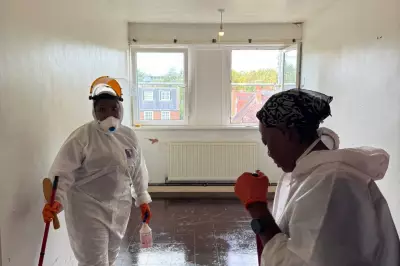
Breast cancer remains one of the most common cancers affecting women in the UK, yet many early warning signs are frequently overlooked. Experts are now urging women to familiarise themselves with subtle symptoms that could indicate the disease, as early detection significantly improves survival rates.
The Hidden Signs of Breast Cancer
While lumps are the most widely recognised symptom, there are several other changes that should not be ignored:
- Skin changes: Dimpling, puckering, or redness resembling an orange peel texture.
- Nipple abnormalities: Inversion, discharge (especially bloody), or persistent rash.
- Shape alterations: Unexplained changes in breast size or contour.
- Persistent pain: Localised discomfort that doesn't fluctuate with menstrual cycles.
The Tombola Tool: A New Approach to Symptom Awareness
Medical researchers have developed an innovative 'tombola' tool designed to help women recognise lesser-known symptoms. This interactive resource presents information in an engaging format, improving recall of crucial warning signs.
"Many women only associate breast cancer with lumps," explains Dr. Sarah Henderson, a leading oncologist. "But up to 20% of cases present with other symptoms first. Our tombola tool helps educate women about the full spectrum of possible indicators."
Why Early Detection Matters
When breast cancer is caught at stage 1, patients have a 98% chance of surviving for five years or more. This drops dramatically as the disease progresses, making awareness of all potential symptoms vital.
The NHS recommends that all women:
- Perform regular self-examinations
- Attend scheduled mammograms when invited
- Report any unusual changes immediately
Breaking Down Barriers to Diagnosis
Research shows that younger women and those from ethnic minority backgrounds often delay seeking medical advice for breast changes. The tombola tool aims to bridge this gap by making symptom information more accessible and memorable.
"We're particularly focused on reaching women who might dismiss subtle changes," says Dr. Henderson. "No concern is too small when it comes to breast health."





